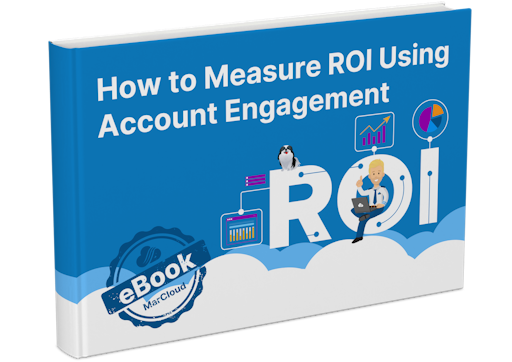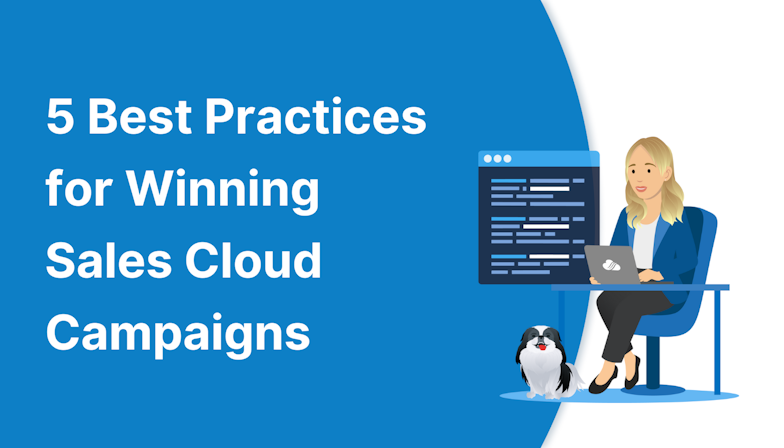At its core, your marketing funnel exists to drive revenue. Yet it’s easy to lose sight of that and overcomplicate things. Sales often get the spotlight, while marketers can feel like they’re just there to support, and technical teams pride themselves on doing things that others can’t, even when they’re unnecessary.
Add in a wave of software promising to replace your business development team with AI agents, and you might end up with a funnel that’s more complex and less effective. For example, marketers find themselves pulled in too many directions.
Long-term campaigns come under pressure to deliver short-term results.
Your unique selling proposition (USP) might change before your campaign ends.
A new product release can shift your customers’ pain points.
Analysts might redefine your ideal customer profile (ICP).
Most of your budget could be tied up in a tool you’re barely using.
Then, when results are reviewed, you don’t get the credit you deserve because ROI can’t be clearly tracked.
This is how the funnel complexity trap forms. Suddenly, you have too many workflows, inconsistent messaging, disjointed journeys, and poor lead routing.
Of course, every marketing funnel will evolve, and every funnel will look different. But it should only be as complex as it needs to be. Sales teams don’t care how many clever workflows you have built; they care about the quality and quantity of leads they receive.
That’s where the real measure of success begins.
And as the business grows or expands into new markets, alignment becomes even more crucial. You’ll need to target based on audience intent signals, route leads to the right team members, and prioritise based on specialisation and territory.
How to simplify the marketing funnel
Refocus your tech stack
First, review all of your workflows and marketing tools to understand what’s genuinely driving results and what’s just creating noise. If multiple platforms are handling the same process, such as scoring, automation, or attribution, then it’s time to consolidate.
On the same note, don’t underuse what you already have. If you’re using HubSpot or Marketing Cloud Account Engagement (MCAE) without proper ROI tracking, you’re underutilising a tool that probably eats up a big chunk of your budget.
Strengthen sales and marketing alignment
Sales and marketing teams must work together, not against each other. Start by agreeing on what a lead, marketing-qualified lead (MQL), and sales-qualified lead (SQL) actually mean.
Then, make sure lifecycle stage automations align with sales expectations. Build a feedback loop around lead quality: are leads being handed over too early, too late, or at the right time? Use that data to fine-tune nurturing and handovers.
Finally, connect campaigns to opportunities won so you can clearly show marketing’s impact on revenue.


![Coloured background with text How to Measure HubSpot ROI [Free eBook]](https://www.datocms-assets.com/103555/1763939582-hubspot-roi-ebook.png?auto=format&dpr=0.5&w=1568)



